Statin cardiovascular risk calculator
10-year risk for ASCVD is categorized as. See here for more on our approach to addressing race and bias on MDCalc.

Pin By Jencicc On Medical Heart Failure Nursing Study Rn School
Participants 1309 QResearch general practices in.
. Objectives To develop and validate updated QRISK3 prediction algorithms to estimate the 10 year risk of cardiovascular disease in women and men accounting for potential new risk factors. A Report of the American College of CardiologyAmerican Heart. The USPSTF recommends that adults without a history of cardiovascular disease CVD ie symptomatic coronary artery disease or ischemic stroke use a low- to moderate-dose statin for the.
High intensity statin may be atorvastatin 40mg-80mg. Doctors may prescribe statins or other medications to help lower a persons cholesterol. Design Prospective open cohort study.
Low-density lipoprotein LDL carriers of cholesterol play a key role in the development of atherosclerosis and coronary heart disease via the. This improvement is called therapy impact. Statins also known as HMG-CoA reductase inhibitors are a class of lipid-lowering medications that reduce illness and mortality in those who are at high risk of cardiovascular diseaseThey are the most common cholesterol-lowering drugs.
What does a cardiac risk calculator cardiovascular risk assessment do. HeartRhythm the official Journal of the Heart Rhythm Society and the Cardiac Electrophysiology Society is a unique journal for fundamental discovery and clinical applicability. Having high cholesterol does not cause symptoms but it can increase the risk of heart disease and stroke.
This calculator assumes that you have not had a prior heart attack or stroke. The clinician-patient discussion should be undertaken to discuss the introduction of high or moderate-intensity statin in situations such as less than 5 to 75 10-year ASCVD risk. Moderate-intensity statin therapy in combination with ezetimibe can be useful in adults age 40 to 75 with chronic kidney disease who have greater than a 75 risk of atherosclerotic cardiovascular disease risk and are not treated with dialysis or kidney transplant class of recommendation IIa.
See the separate leaflet called Cardiovascular Health Risk Assessment. The absolute risk reduction in ASCVD events associated with statin therapy can be estimated by multiplying the 10-year ASCVD risk by the anticipated relative risk reduction based on the intensity. This peer-reviewed online calculator uses the Pooled Cohort Equations to estimate the 10-year primary risk of ASCVD atherosclerotic cardiovascular disease among patients without pre-existing cardiovascular disease who are between 40 and 79 years of age.
HeartRhythm integrates the entire cardiac electrophysiology EP community from basic and clinical academic researchers private practitioners engineers allied professionals industry. In patients with moderate hypertriglyceridemia lifestyle interventions treatment of secondary factors and avoidance. Low-risk.
Moderate intensity statin may be atorvastatin 10mg pravastatin 40mg or simvastatin 20-40mg. Goff Jr MD PhD. - Assessing Cardiovascular Risk.
Statins are commonly used as the first medication of choice to lower low-density lipoprotein LDL cholesterol or bad cholesterol. Low-risk. Moderate- or high-intensity statin therapy should also be used as indicated to reduce risk of cardiovascular events see statin treatment.
Setting General practices in England providing data for the QResearch database. 2013 ACCAHA Guideline on the Treatment of Blood Cholesterol to Reduce Atherosclerotic Cardiovascular Risk in Adults. Identify and address all modifiable risk factors - smoking diet obesity alcohol intake physical activity blood pressure and HbA1c.
High intensity statin treatment should achieve reduction of non-HDL-C 40 from baseline. For primary prevention statin therapy should lower LDL-C approximately 30 to less than 50 with a moderate-intensity statin and greater than or equal to 50 with. Low-risk.
Calculate your 10-year risk of heart disease or stroke using the ASCVD algorithm published in 2013 ACCAHA Guideline on the Assessment of Cardiovascular Risk. Estimate 10-y ASCVD risk using the Risk Calculator based on the Pooled Cohort Equations in those NOT receiving a statin. For the same other inputs this calculator estimates higher cardiovascular risk for African American patients.
If you have one or more risk factors and your calculated 10-year CVD event risk is 75 to 10 then the Task Force says your healthcare practitioner may choose to offer a low-to. Wake Forest University School of Medicine. For more information about the inputs and calculations used in this app see Terms and Concepts in the Resources tab below.
In patients with moderate hypertriglyceridemia lifestyle interventions treatment of secondary factors and. Risk is considered to be high when your score is 10 or more that is a 1 in 10 chance or more of developing a cardiovascular disease within the 10 years that follow. If you have one or more risk factors and a calculated 10-year CVD event risk of 10 or greater then the USPSTF recommends the use of a low-to-moderate dose statin.
If not achieved after 3 months. The Work Group notes that this ACCAHA COR IIb recommendation is consistent with the recommendations in the 2010 ACCFAHA guideline 43 for patients with a 10-year CHD risk of. Moderate- or high-intensity statin therapy should also be used as indicated to reduce risk of cardiovascular events see 1 statin treatment.
Chronic kidney disease is a risk-enhancing factor. Providers also use the ASCVD Risk Calculator to see how certain treatments might improve your risk status. This calculator includes inputs based on race which may or may not provide better estimates so we have decided to make race optional.
This includes eating a heart-healthy diet. For more information about the inputs and calculations used in this app see Terms and Concepts in the Resources tab below. Systematic Evidence Review from the Risk Assessment Work Group.
If you have generally it is recommended that you discuss with your doctor about starting aspirin and a statin. 1 Patients are considered to be at elevated risk if the Pooled Cohort Equations predicted risk. Measure full lipid profile again after 3 months non-fasting.
The American College of CardiologyAmerican Heart Association ASCVD risk calculator. AHAACC guidelines stress the importance of lifestyle modifications to lower cardiovascular disease risk in all patients. The American College of CardiologyAmerican Heart Association ASCVD risk calculator.
For instance taking a statin to lower high cholesterol may reduce your risk from intermediate to borderline or low risk. For more information about the inputs and calculations used in this app see Terms and Concepts in the Resources tab below. 10-year risk for ASCVD is categorized as.
10-year risk for ASCVD is categorized as. CAC scoring really comes into play when there is still some doubt as to whether your risk is enough to warrant taking a statin which is a medication that lowers cholesterol. Chair Voting David C.
A statin is just one factor in reducing your risk of developing cardiovascular diseases. Estimate risk every 4-6 y I B.

Score Chart 10 Year Risk Of Fatal Cardiovascular Disease In Download Scientific Diagram

Cardiovascular Risk Assessment Healsens Digital Preventive Care
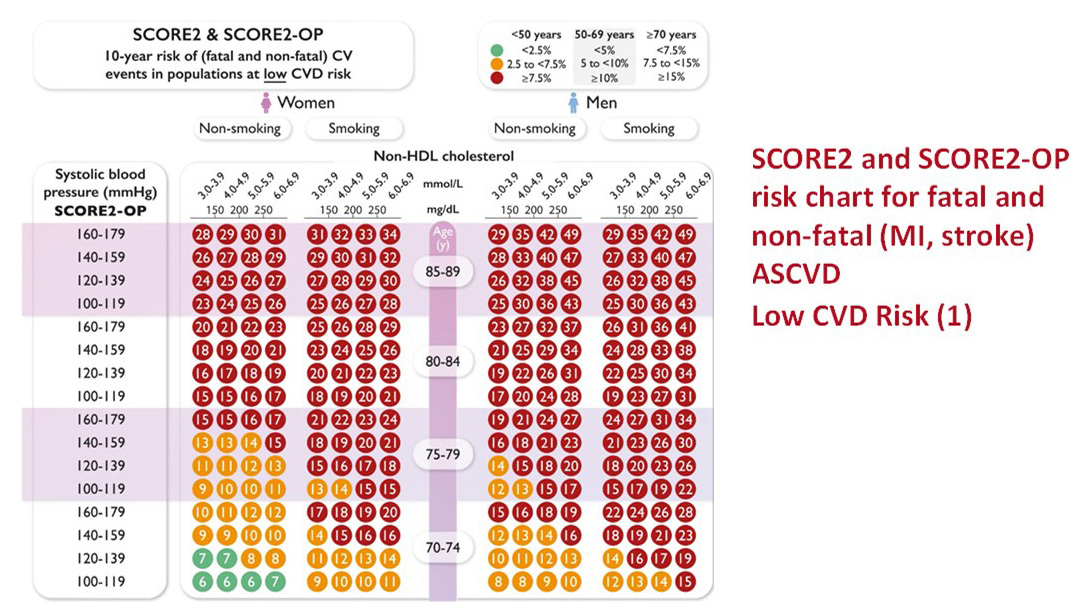
Score2 And Score2 Op Scales For Determining Cardiovascular Risk Clincasequest
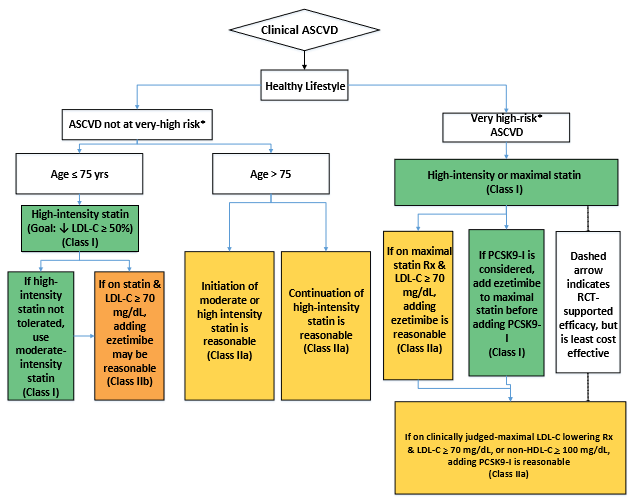
Ascvd Risk Estimator

Estimating Cardiovascular Risk

Comparison Of American And European Guidelines For Primary Prevention Of Cardiovascular Disease Jacc Guideline Comparison Journal Of The American College Of Cardiology

Cvd Check Your Risk Score

Ascvd Risk Estimator

Risk Calculator Comparison Statin Eligibility And Missed Treatment Download Scientific Diagram

Machine Learning Outperforms Acc Aha Cvd Risk Calculator In Mesa Journal Of The American Heart Association

Primary Prevention Of Cardiovascular Disease
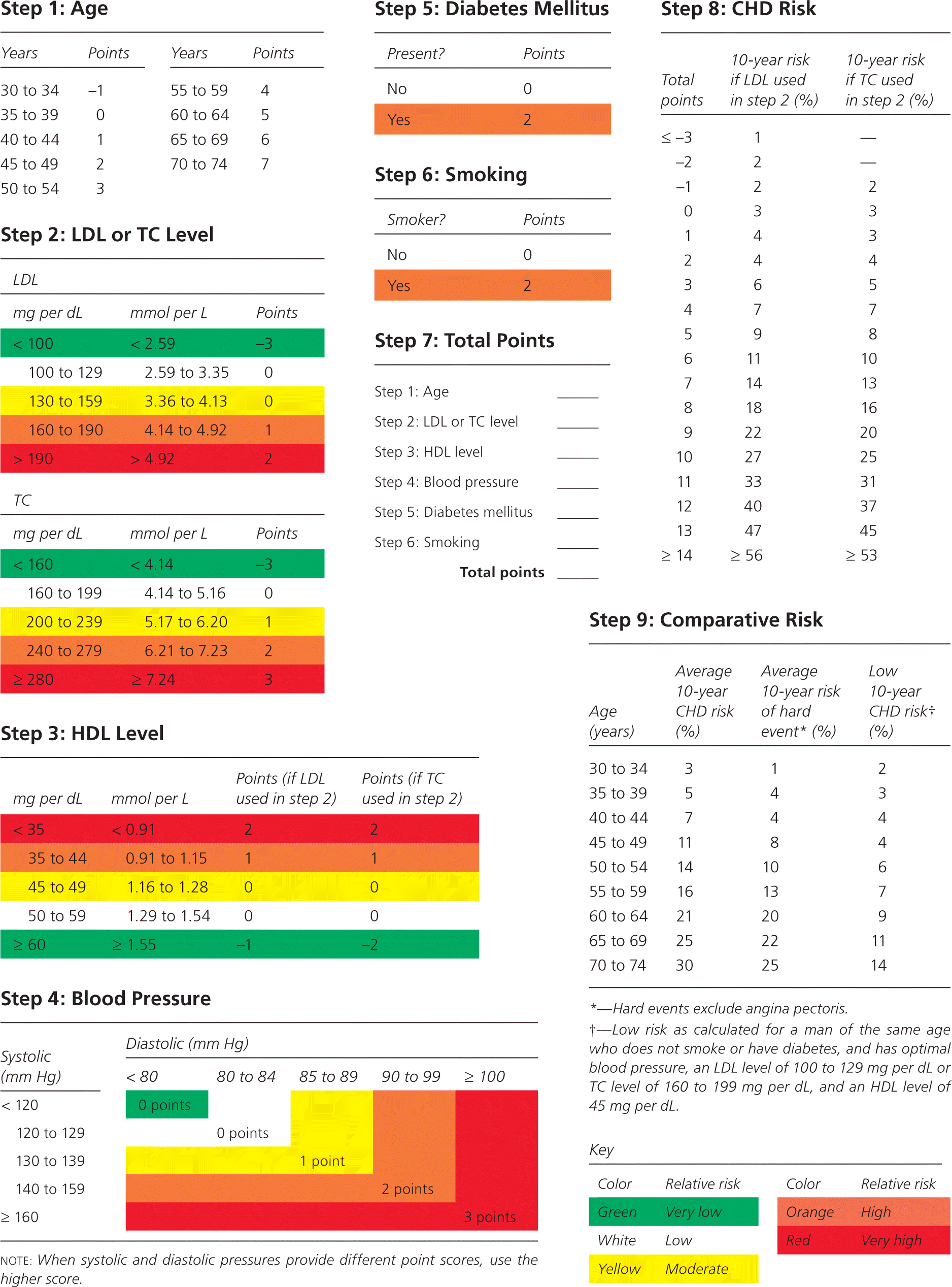
Global Risk Of Coronary Heart Disease Assessment And Application

Prevention Of Statin Overtreatment And Increased Patient Compliance In High Cardiovascular Risk Individuals The American Journal Of Medicine
Cardiac Risk
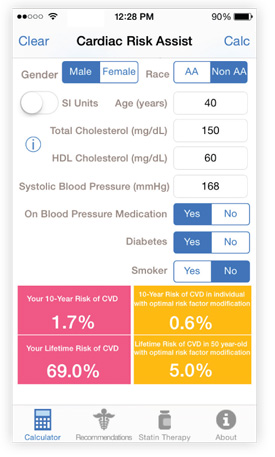
Cardiac Risk Assist

Ascvd Risk Estimator
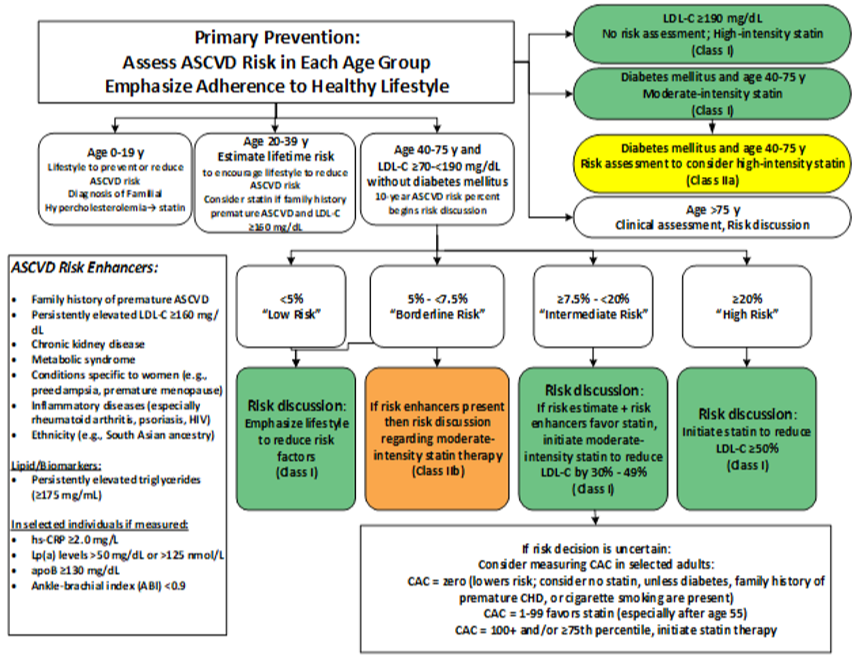
Ascvd Risk Estimator